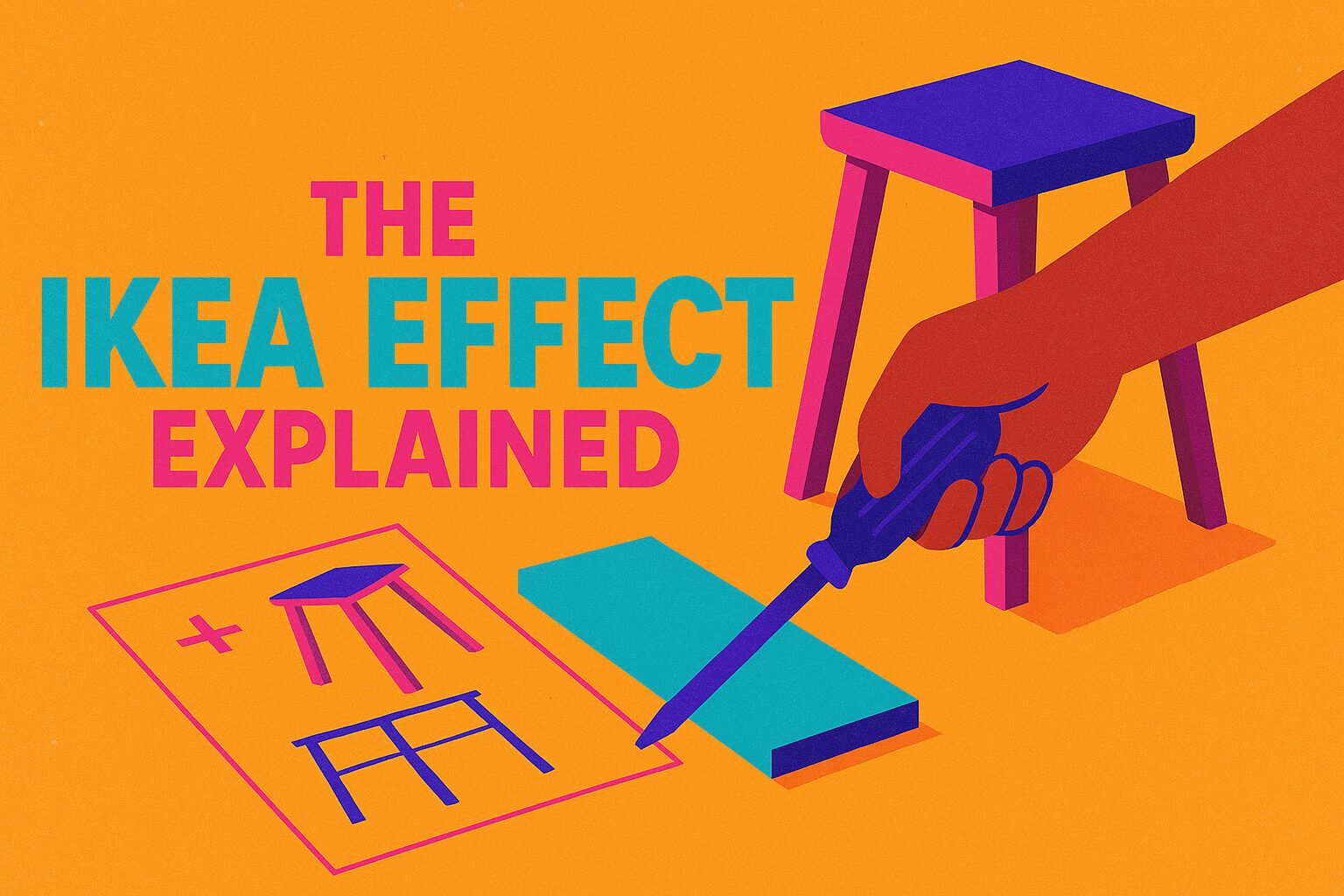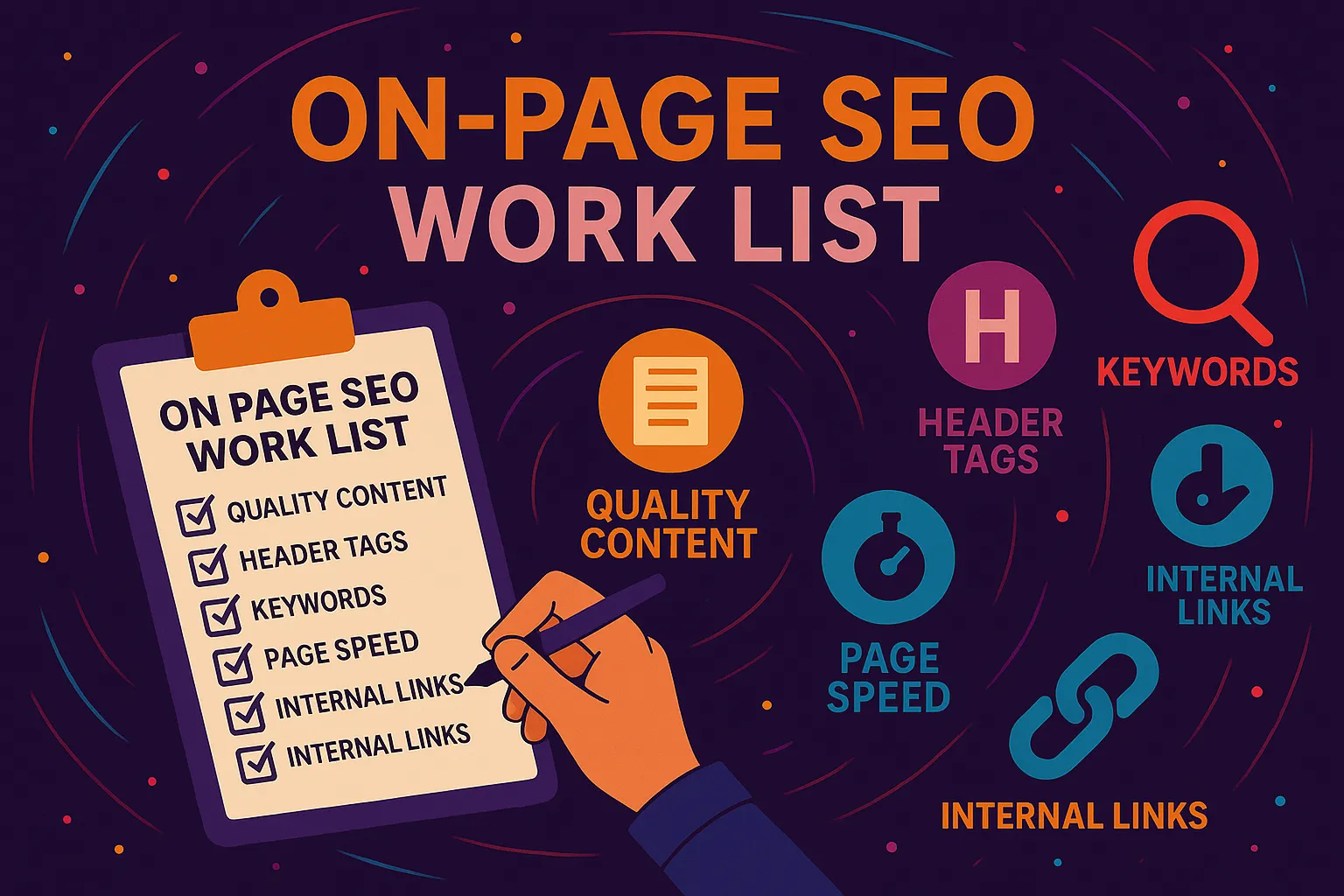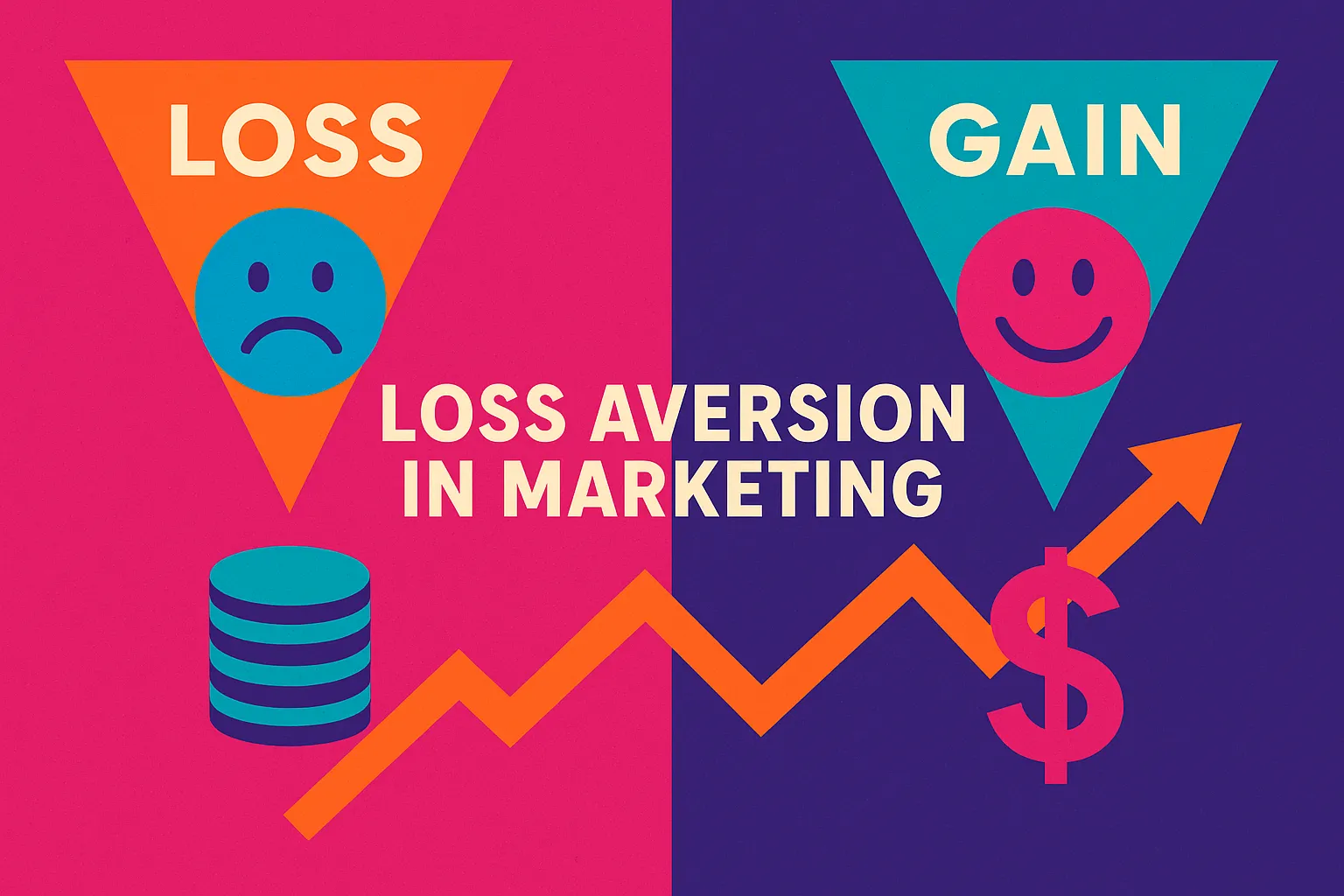Ikea effect explained: a simple definition
When people invest effort—whether it’s screwing legs into a table or choosing the toppings on a burger—they end up loving the result more. That reaction has a formal name: the IKEA effect.
Psychologists first spotted it in 2011 when participants were willing to pay almost two-thirds more for the same furniture after assembling it themselves. That bump in perceived value now crops up everywhere, from custom sneakers to do-it-yourself meal kits.
In short, we respect what we help build, and savvy brands turn that human quirk into stronger loyalty.
TL;DR
- Effort makes customers value what we create because they can feel the sweat behind it.
- The classic study showing this is the IKEA furniture test, where self-assembly raised perceived value by 63 %.
- Telling people how hard we worked—like the 60 km trek I once took to win a pitch—can lift clicks, sales, and loyalty.
- Showing genuine joy in the work spreads to customers, making them enjoy the final product even more.
- Below you’ll see hard numbers, stories from ten years at Vibe Branding, and practical ways to apply all of this today.
My all-night prototype and the power of visible effort
A few years back, our team was chasing a make-or-break client in the tech sector. They wanted a complete brand refresh, but the brief landed on my desk barely twenty-four hours before the pitch.
Instead of sending excuses, I pulled the art director aside, brewed two pots of coffee, and stayed in the studio until dawn. By morning we had a clickable prototype, a mini-style guide, and red eyes to prove it.
At the pitch the client leaned in, pointed at the mock-ups, and said, “I can see how hard you worked.” That single comment nailed our six-figure contract and reminded me why the ikea effect explained is more than an academic term—it’s a growth lever when we spotlight real sweat.
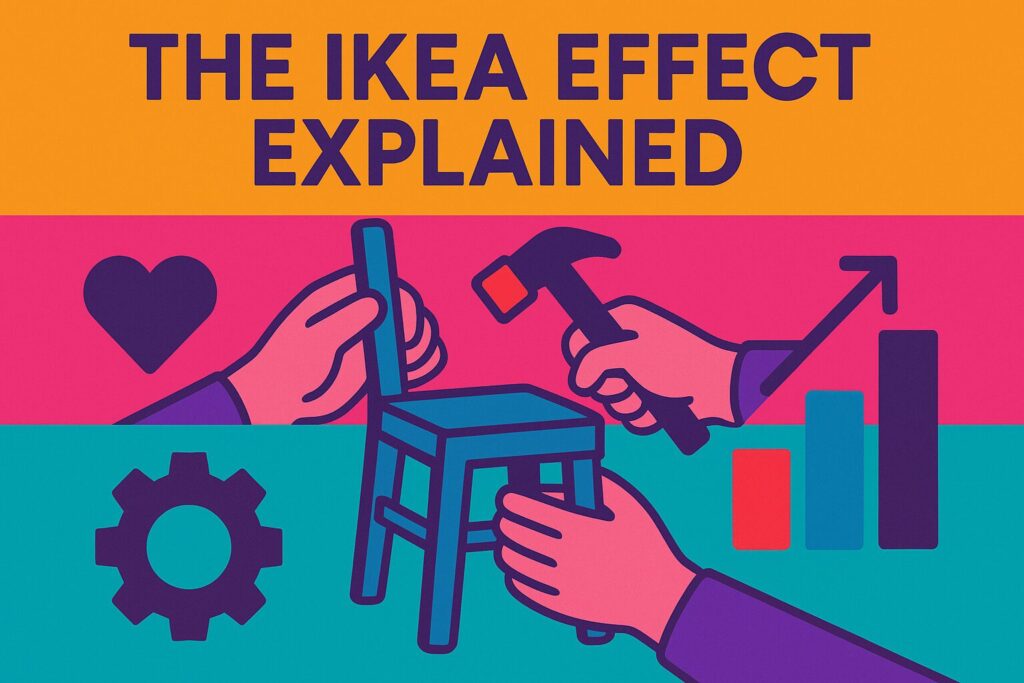
Turning assembly into attachment: marketing lessons
Across a decade at Vibe Branding we’ve baked participation into campaigns whenever possible. For a craft-soda startup we let fans vote on flavor names; their personal picks later outsold the control flavors by thirty percent.
When we relaunched an online course, we streamed live “build days,” showing every stumble and breakthrough; enrollment spiked because students felt like co-authors. These wins echo the ikea effect explained, proving that co-creation deepens commitment.
Even small gestures—like letting shoppers pick label designs or playlist themes—can trigger the same psychology. The trick is to hand customers a real paintbrush, not just a placebo choice.
Effort in numbers: why hard work sells
Below is a snapshot of three studies that quantify what happens when audiences witness effort.
Study | Effort Highlighted | Outcome Lift |
IKEA furniture assembly | Self-assembly by buyers | +63 % value |
Podcast ad framed as 8-hour edit | 480 minutes of labor shared | +45 % clicks |
Hand-written thank-you note | Personal note in the box | +100 % repeat spend |
The bar chart further down visualizes those jumps. Each bar is a reminder that effort, when made visible, doesn’t just feel heroic—it pencils out on the balance sheet.
At Vibe Branding we now add an “effort reveal” line item to creative briefs, asking, How will customers know we cared? That single prompt often translates into behind-the-scenes reels, maker stories, or interactive build-alongs that pay for themselves in conversion lifts.
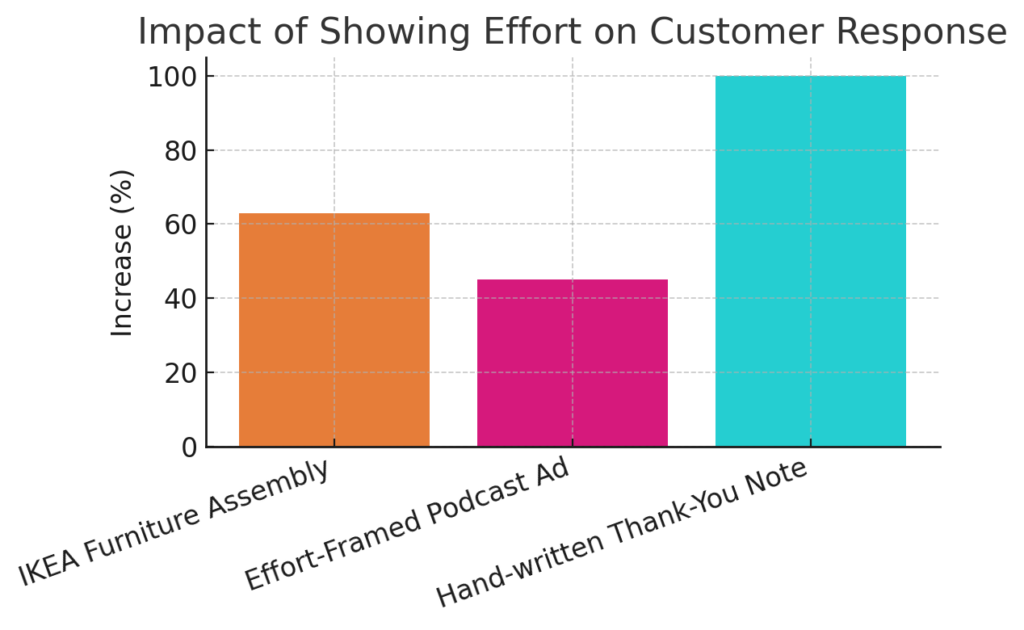
Joy is contagious: why your passion becomes their preference
During our early years I kept wondering why some webinars landed flat while others crackled with energy. Then I noticed a pattern: sessions where the presenter genuinely geeked out—laughing at their own slides, sharing side-quests—always drew higher retention.
Research later dubbed this “enjoyment contagion,” and it slots neatly beside the ikea effect explained. When your audience senses the thrill you felt while making something, they subconsciously import that emotion into their own experience.
That’s why we coach our clients to shoot factory tours, founder diaries, and even blooper reels—anything that radiates real enthusiasm. Customers follow the smile; they rarely follow the script.
Five ways to bake effort into your brand story
Earlier in my career I worried that pulling back the curtain meant exposing trade secrets. Now I see that transparency is currency.
First, narrate the journey—publish diary-style updates during product development so customers ride the highs and lows with you. Second, let users personalize, from color palettes to packaging notes, because choice equals effort, and effort equals value.
Third, timestamp your milestones—show the nights, prototypes, and iterations so price tags feel justified. Fourth, celebrate your team’s joy; a quick selfie of the dev squad cheering a bug fix travels further than a sterile release note.
Fifth, remember the handwritten touch: even a digital signature on a thank-you video doubles goodwill. Under the hood all roads lead back to the ikea effect explained, turning labor and laughter into lasting loyalty.
A final reflection from a decade in the trenches
Running a digital agency for ten years teaches humility; algorithms shift, design trends flip, but human psychology sticks. People love what they help create, and they trust what they see you sweating over.
When I look at the brands that outpace their sectors, they’re the ones that make effort part of the show—never staged, always sincere. If you weave the ikea effect explained into the DNA of your marketing, you’re not just telling a story; you’re inviting customers to write the story with you.
That invitation costs sweat, sure, but every blister along the way returns interest in brand equity, word of mouth, and a book of business you can proudly stamp built together.

